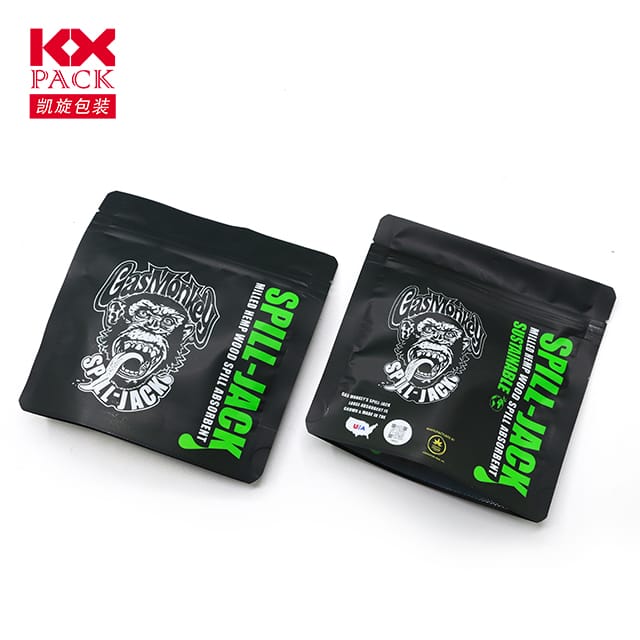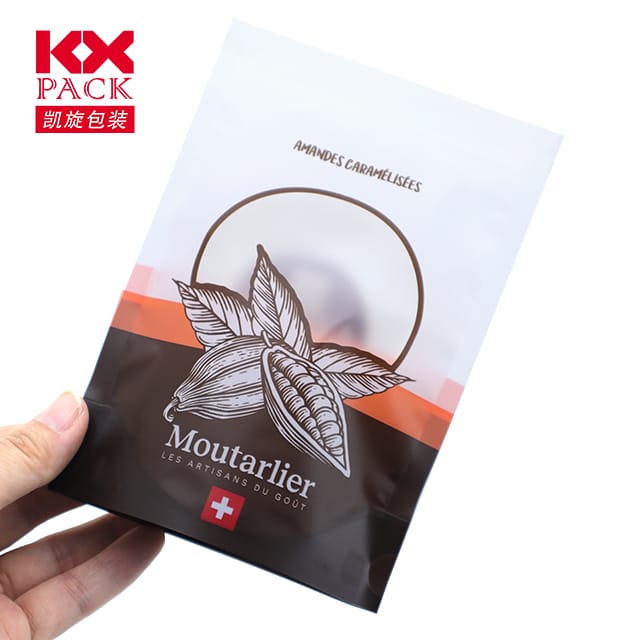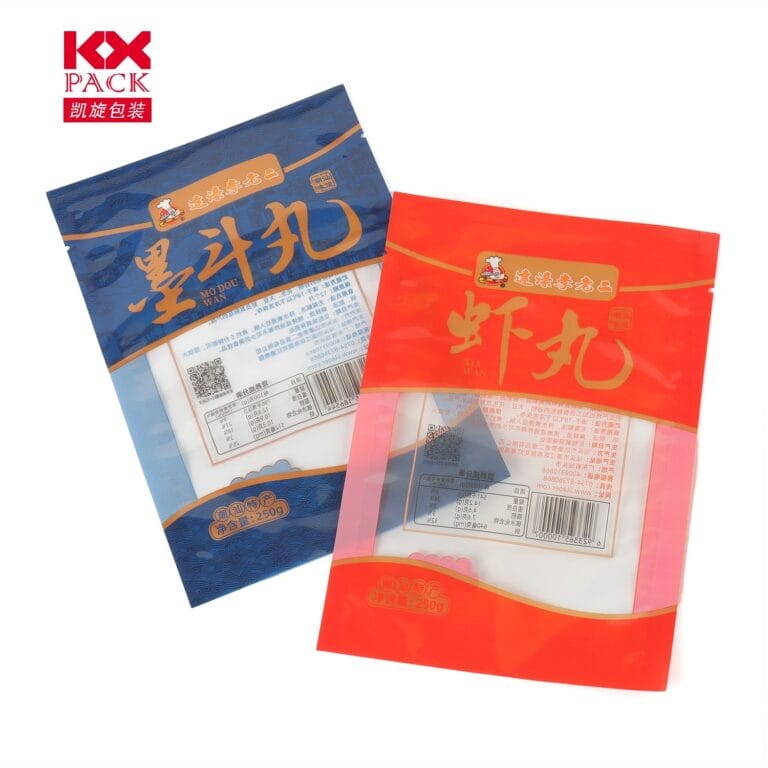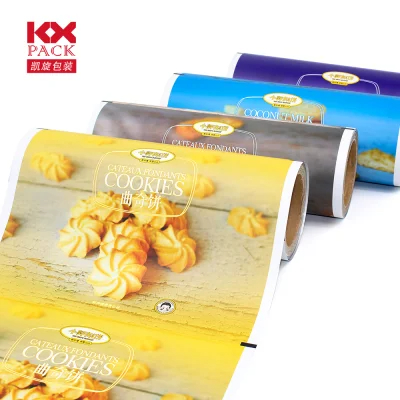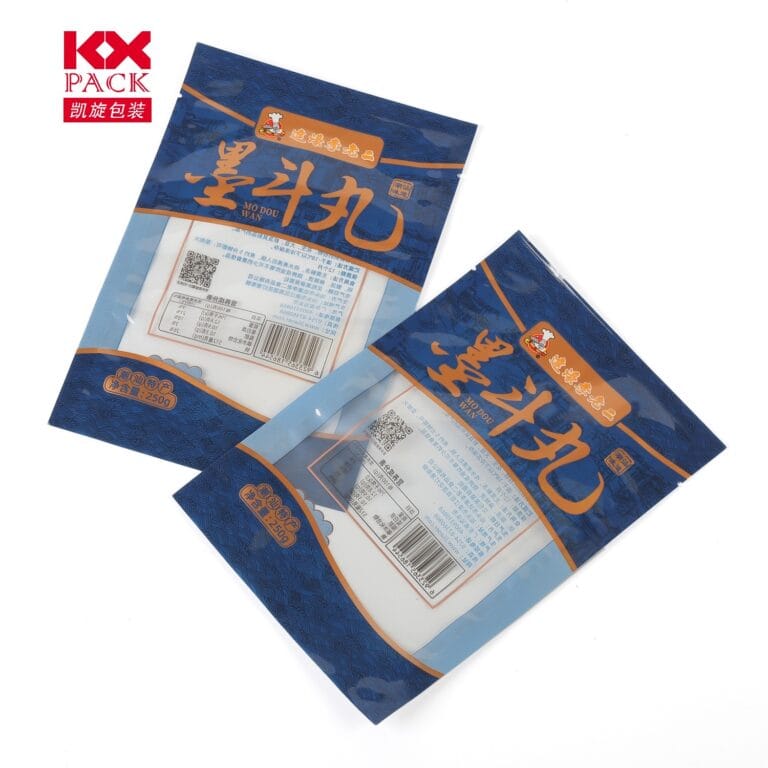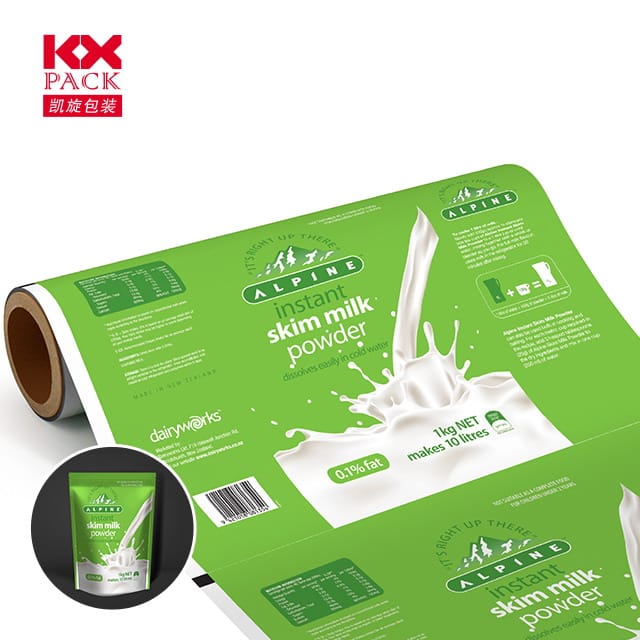双刃剑的塑料包装膜: 便利与. 可持续性2)
塑料包装膜
在我们的快节奏中, 消费者驱动的世界, 塑料包装膜 已经成为日常生活中普遍存在但经常被忽视的组成部分. 从包裹新鲜农产品到密封剩菜, 在运输过程中保护电子设备, 或保留小吃的新鲜感, 这个瘦, 柔性材料提供无与伦比的便利性. 但是随着环境问题的关注, 它的广泛使用引发了关键问题: 是塑料包装膜是必要的邪恶, 还是我们可以在不牺牲功能的情况下找到可持续的替代方案? 让我们探索专业人士, 缺点, 和潜在的解决方案.
1. 上升: 为什么塑料包装膜占主导地位
塑料电影的受欢迎程度并不是偶然的. 它的优势很难忽略:
- 保存能力: 通过创建密封性屏障, 它延长了食物的保质期, 减少废物, 并保持产品质量.
- 轻巧且具有成本效益: 与玻璃或金属相比, 塑料膜的生产更便宜, 运输, 和商店, 使其成为企业和消费者的最爱.
- 多功能性: 它可以被模制, 打印, 或与其他材料结合 (像铝) 适合多样化的需求, 从真空密封的咖啡袋到收缩包装的玩具.
- 卫生和安全: 在医疗和食品行业, 无菌塑料膜防止污染, 确保公共卫生.
2. 缺点: 塑料膜的环境损失
尽管有好处, 塑料包装膜的环境影响令人震惊:
- 非生物降解: 大多数塑料膜由聚乙烯制成 (体育) 或聚丙烯 (聚丙烯), 需要几个世纪的时间分解. 一个塑料包装器可能会超过几代人.
- 微塑料污染: 当分解时, 塑料膜碎片成微小的颗粒,渗入土壤, 水道, 甚至人体, 构成健康风险.
- 回收挑战: 仅有的 9% 在所有塑料废物中,全球均已回收, 和塑料膜特别棘手. 他们瘦, 轻巧的自然通常堵塞回收机械, 领导许多设施拒绝他们.
- 碳足迹: 塑料膜的生产和焚化释放温室气体, 促进气候变化.
3. 创新和替代方案: 为可持续发展铺平道路
潮流正在转弯, 然而. 品牌, 科学家, 消费者正在推动环保解决方案:
- 可生物降解的电影: 由玉米淀粉或纤维素等植物材料制成, 这些电影在堆肥条件下自然分解. 像Tipa®和Biopak这样的公司正在领导.
- 食用包装: 想象吃零食的包装纸! 基于海藻的电影等创新 (像notpla这样的品牌使用) 提供零废物解决方案.
- 可重复使用的系统: 有些企业完全放弃一次性电影,完全支持可重新填充的容器或可重复使用的硅胶包装纸 (例如。, 蜜蜂的包裹).
- 改进的回收基础设施: 先进的排序技术和化学回收方法使恢复和重新利用塑料膜变得更加容易.
4. 作为消费者,你能做什么?
变化从个人级别开始. 这是减少塑料胶片足迹的方法:
- 选择批量购买: 使用自己的容器批量购买以最大程度地减少包装商品.
- 选择具有可持续包装的品牌: 在产品上寻找“可堆肥”或“可回收”等认证.
- 再利用和重新利用: 清洗和重复使用塑料包装,用于覆盖剩菜或组织小物品.
- 倡导变革: 支持优先级环保包装的政策和公司.
最后的想法
塑料包装膜证明了人类的创造力 - 一种旨在解决现在威胁地球的问题的材料. 同时完全消除它可能是不可行的, 过渡到可持续替代方案并采用正念消费习惯可以减轻其伤害.
包装的未来是平衡的: 利用创新来保留便利,而不损害我们地球的健康. 作为消费者, 我们持有推动这一变化的能力. 所以, 下次您解开产品, 问问自己: 有更好的方法吗?
您对塑料包装膜的立场是什么? 在下面的评论中分享您的想法或环保的黑客! 🌍♻️


